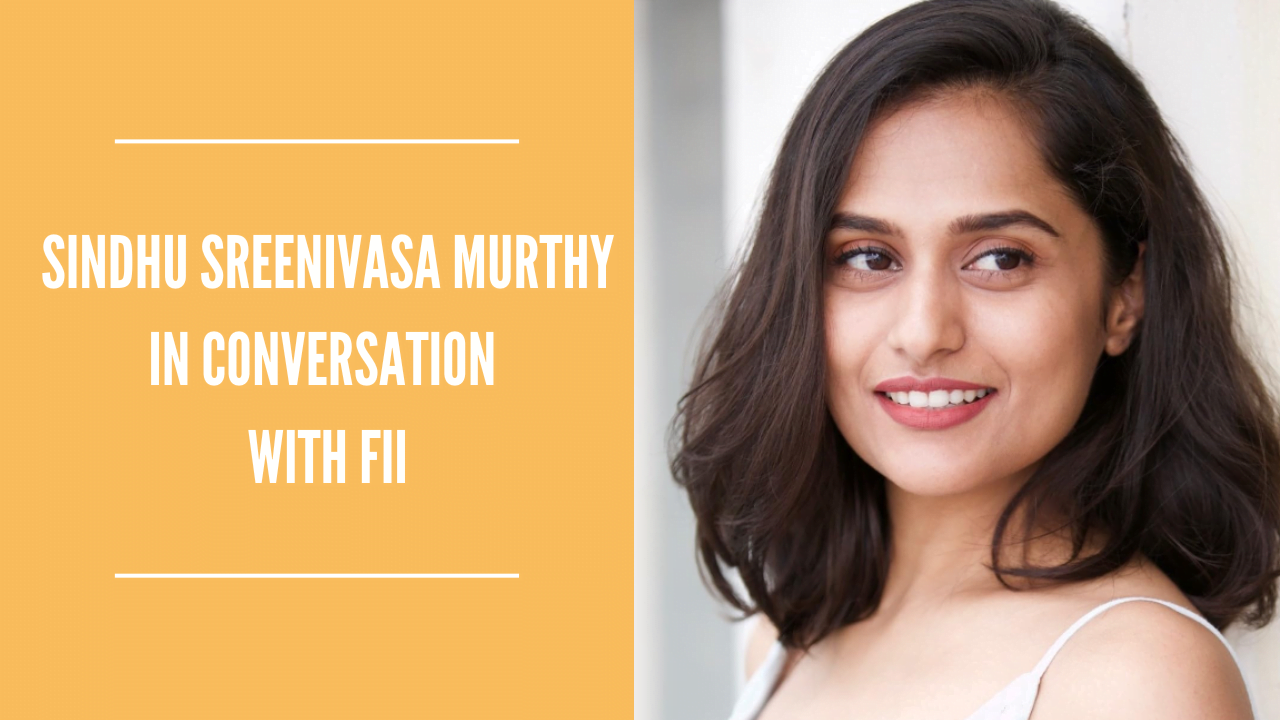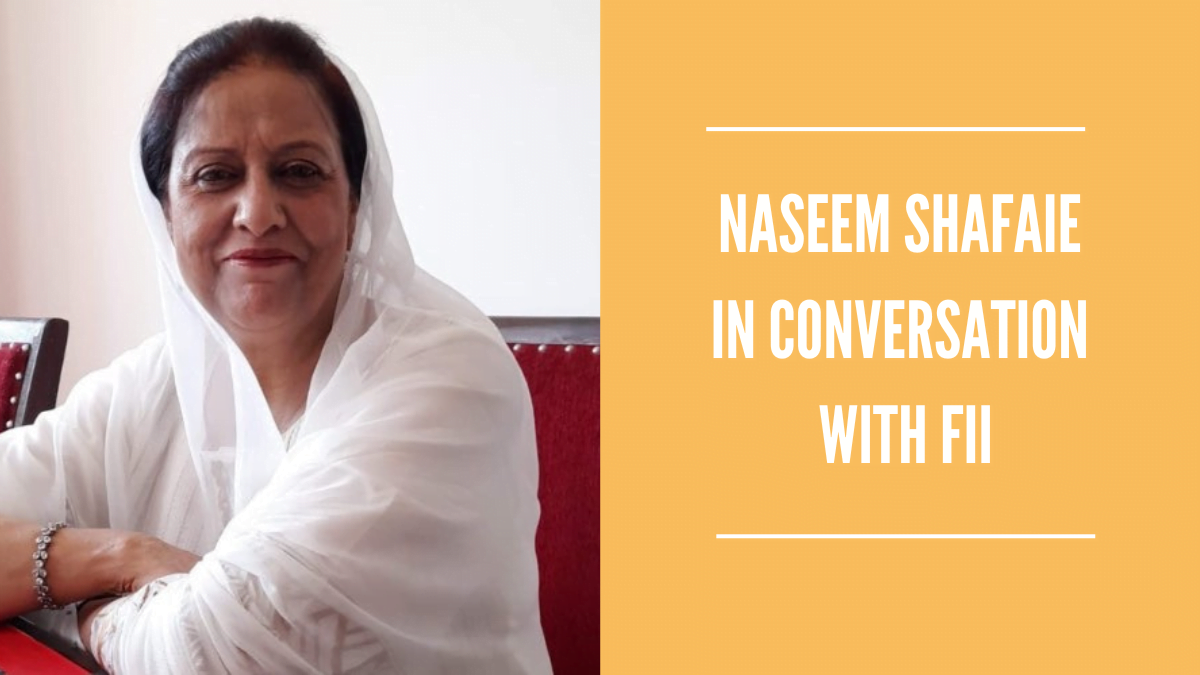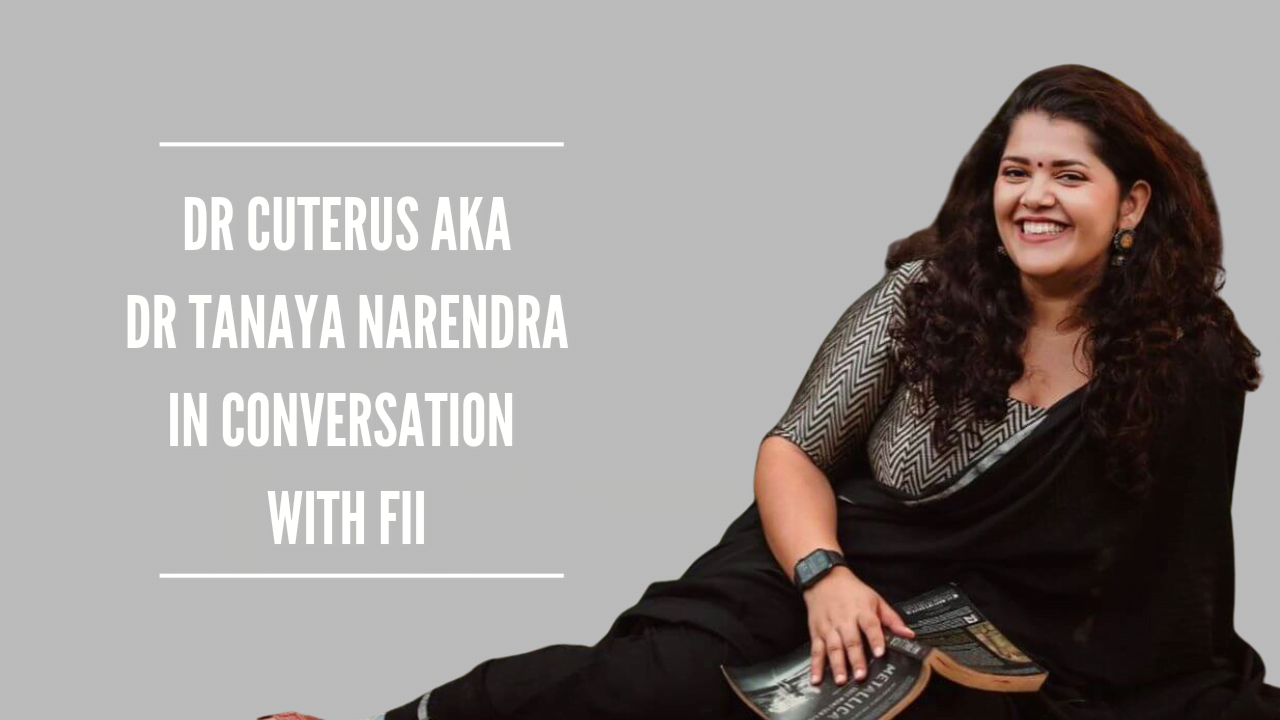Sindhu Sreenivasa Murthy is a multihyphenate filmmaker whose directorial debut ‘Aachar & Co.,’ made waves in the Kannada film industry. She ventured into acting with the critically acclaimed Netflix film ‘Brahman Naman,’ in 2016, simultaneously also acting in web series like ‘Better Life Foundation.’ She was selected to be a part of the AIB First Draft writing workshop where she was trained under screenwriter Satyanshu Singh. She then began working on the story for ‘Aachar & Co.,’ with Kanan Gill. The idea for the film, along with a 6-minute treatment was presented to PRK Productions which greenlit the film into being.
‘Aachar & Co.’ is a coming-of-age family film set in 1960s Bangalore. Alongside having written & directed the film, she also stars in it, playing the lead role of Suma. It’s been well-received by critics and audiences alike and has cemented Murthy into the sect of Sandalwood’s young filmmakers bringing new and unique stories to the southern film scene. In a conversation with FII, Sindhu Sreenivasa Murthy talks about her debut as a director, her years in the Kannada film industry and the changes that are taking place in the South Indian film industries.
FII: You started as a theatre actor, then you transitioned to acting in web series & films and now you’ve ventured into writing-directing. What has that journey been like and how much of it was planned?
Sindhu: It was extremely spontaneous. I think I’m an accidental director. When I was doing theatre, I was always very fascinated by the directors because they have a larger vision that sometimes we as individual actors don’t know of. I thought one day I’ll direct a play, maybe at like 40 or 50, when I’ve earned the stripes for it. So that’s how much I regarded a director’s job, that it’s a huge responsibility and also something that I have to work towards. I never thought of it as something on the horizon and not for films. It was never in the cards and it’s been a very unexpected journey.

It’s been a huge process of self-discovery because as an actor there was a lot more looking outwards for opportunities, waiting on opportunities, etc. But, I felt like the moment I started writing even, the power somehow came back to me. I didn’t have to wait for opportunities, I could create them and that is a huge shift of power. It’s a very responsible task but it also felt extremely empowering. I felt like Suma, in that sense. Instead of seeking, I was now creating and that felt very transformative.
FII: In the Kannada industry specifically, is your transition an easy one? Would you say Sandalwood provides opportunities for young talent?
Sindhu: There are very few production houses, like PRK Productions, Dali Pictures, and KRG Studios, who are willing to invest in new talent which is great because they’re such established names. People trust them with content and in turn, they trust us to write & direct. But all of this is happening only now. Even just five years ago, PRK Productions was the only one people could approach.
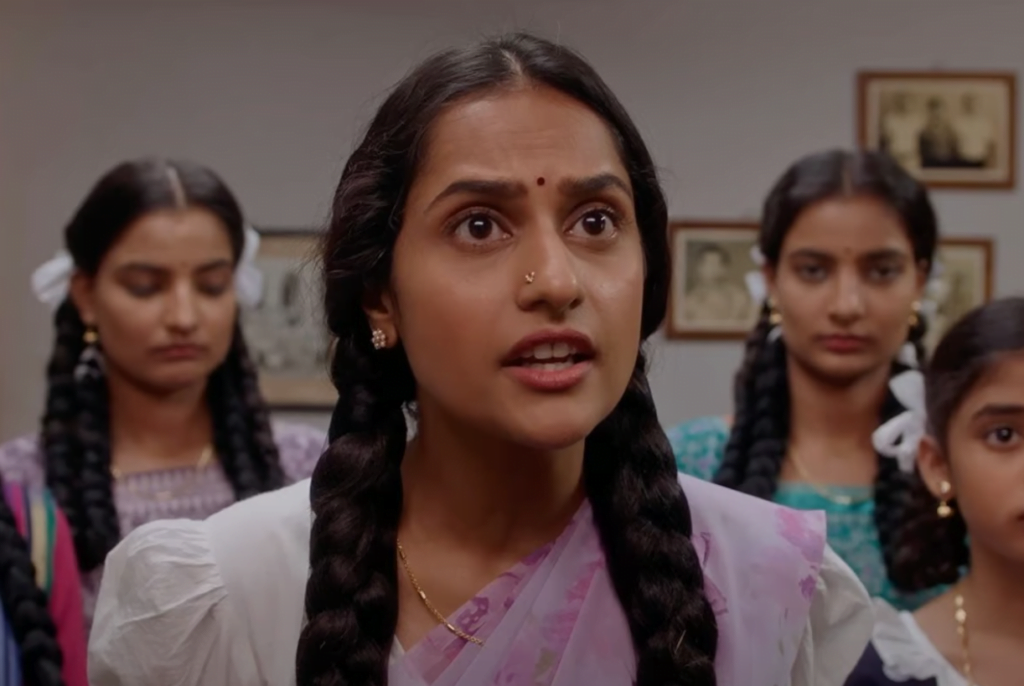
For me, [while] transitioning, it wasn’t outward validation I was looking for at all. I think the transition was for me and not so much for other people. When I went to them, I had already gone with so much preparation that PRK never questioned for a second if I would be able to do it. They never suggested that somebody else should direct it or somebody else should act. They were like “Okay, let’s see, let’s provide everything that we can from our end, and let’s see how it goes.” So, the transition wasn’t so difficult in an outward sense but more for me to know if I could do this or not.
FII: Coming to ‘Aachar & Co.’ your character, Suma, is the antithesis of what a heroine is expected to be. Male characters are often allowed to be flawed but it usually isn’t so with female characters. While creating such nuanced characters in your film, did you think that audiences would be accepting of them?
Sindhu: There are no flawed women on screen, somehow they’re always idealistic, the most beautiful, the most perfect and full of values. They can do no wrong, they can fix men and they can fix society– but mostly fix men. But the fun is in making it more real.
There are times when we in real life experience a lot of these so-called negative emotions but we just don’t see it and the minute you show them [the characters] become more relatable and people identify with them more often than with the perfect characters because that sets up some sort of an unrealistic expectation that you have to be a certain way.
Sindhu Sreenivasa Murthy
There are times when we in real life experience a lot of these so-called negative emotions but we just don’t see it and the minute you show them [the characters] become more relatable and people identify with them more often than with the perfect characters because that sets up some sort of an unrealistic expectation that you have to be a certain way. And I think that’s what we need to see more of.
I was not worried too much about whether people would accept it or not. I was excited to see if people would accept a character like this. So many people came up to me after the shows and they’d be like my aunt is just like this, oh my god my sister is exactly like this, my grandma is exactly like this and she also started something on her own etc. They’d be like, “I’m real life, Suma, I’m real life Suma.”
And I’d feel so happy. And that was a true indicator that people were accepting it and identifying with the character. And especially in South Indian cinema, I think it’s just so refreshing.
We’re always fixing men, supporting men, and all of that, but what about working on ourselves? Like women working on themselves, trying to become something of their own, standing on their own feet and being Independent or finding their voice in a system, in a society, in their house, or any of that. We don’t see that often enough. And I think that is what I think so many people appreciate.
FII: What was your process like for writing the film? Was it your intention from the start to make this a story of empowerment or is that something that came into being along the way?
Sindhu: I was fascinated by life in the 60s in general because there was no telephone, no TV or no form of entertainment. Entertainment was just conversing with one another. So I was always curious about how they lived their lives. And then came this family. Before family planning, there were families of 10-12 kids each. And now automatically you have 10-12 different lives in just that one family because as much as you’d like for everyone to come out of it the same, like one factory, they all have different dreams, aspirations, and stories.
Despite basic values being the same, they all end up doing, and questioning different things in that one decade, which was also formative for the city, because the city was also coming of age, and the kids of this family are coming of age; so how these two kinds of just blend into one another was the main idea.
And Kanan [Gill] and I, both wanted to write men differently. Because, somehow, when you talk about women-centric films, men are the antagonists. I don’t understand why. Like, no, there are also, like, there are feminist men who believe that a woman is as equal to them and they deserve the same respect and standing in society as them.
So I wanted to write characters that felt like a reflection of the kind of men I’ve seen in my life because we deserve to see that as well. And, hopefully, it will also inspire people to be like that, if they’re already not.
FII: One thing that stood out about the film is its immaculate mise-en-scène; many have even called it Wes Anderson-esque. What went into creating such a meticulous world?
Sindhu: The whole idea was of a perfect world and imperfect characters. So you create the setting immaculately, centred, straight frames, clean lines, symmetry, and all of that because that’s the world we are forced to fit in. And then you are the imperfect person, like all of these characters. So what happens is their actions become all the more quirky on camera because everything else seems so well put together.
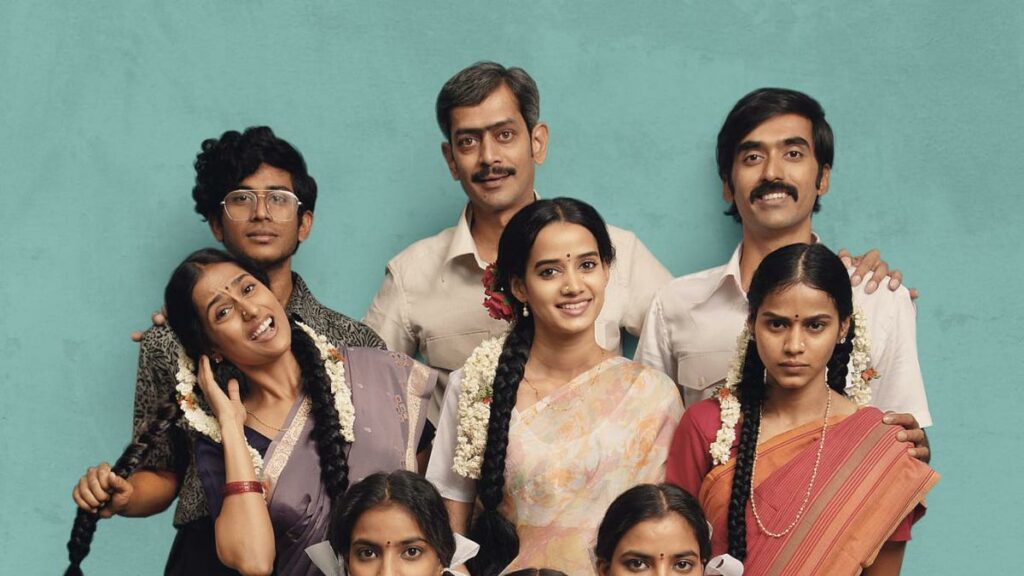
I sat with my cinematographer and we knew or we were trying to figure out how to maintain that throughout the film so that it never feels like it’s jarring. Because once you’ve set it up, you have to like, commit to it like a hundred percent.
The camera was like a character in the film. The camera is always in the middle of the scene. It’s always between two characters or sets of people and also wants to know what’s happening here, also wants to know what’s happening here. And it’s just privy to the entire conversation as an insider and also wants to capture the in-between awkward moments because I think that’s where the most humour is.
FII: Your film commendably had a largely female crew and representation behind the screen is as important as on-screen representation. Do you think the rest of the industry will also catch onto this?
Sindhu: When I was working as an actor– in 2018/2019, just before the pandemic– if you’re lucky, you’d have one other female crew member, usually an AD, on set. That was my personal experience. And as an actor, I was the only one. If you’re shooting with another female actor, then you’ll have other women on set, maybe one or two more, probably your mother or your sister’s character or a friend. Then there’ll be 60 men. There are no women in the technical force and I just don’t understand why because it’s a lovely place to work.
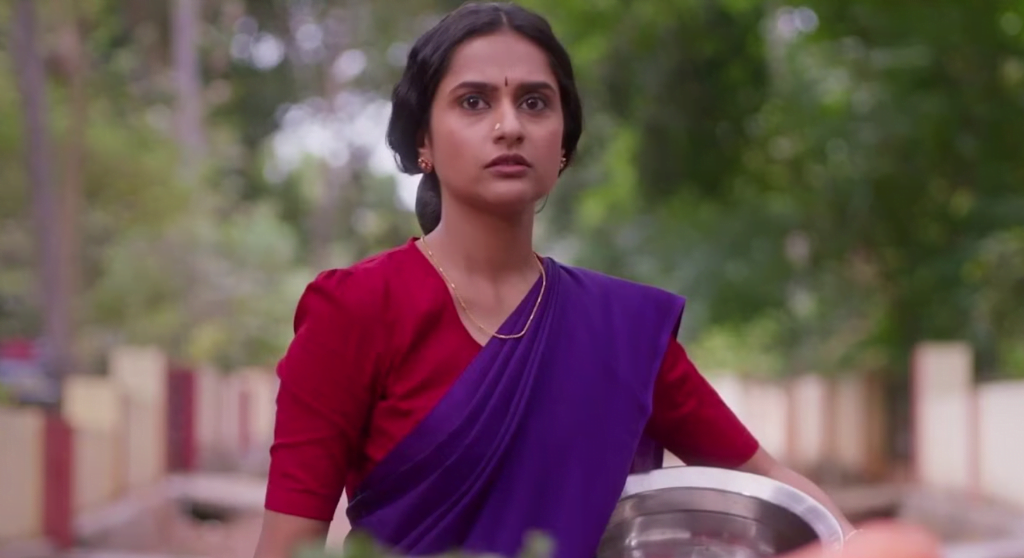
And I understand the apprehension that generally people have, but it’s a very creatively satisfying job as well. So it always bothered me. Why is the ratio so bad? Is it that people don’t know whom to approach and where to start, or is it just the lack of opportunity, or what is it?
So, when I wanted to make this film, thankfully there were so many female characters already and then it just so happened that one of the first few people that I wanted to lock in for the film was Bindumalini [Narayanaswamy]. And this is when Ashwini [Puneeth Rajkumar] Ma’am was already producing the film. Then it just so happened that our creative director happened to be a woman. So all of these people started adding on slowly.
Purely based on merit and only in the end we realised we were 50 percent women and 50 percent men. I was like so happy because sometimes it’s also nice that what you can also be conveyed off-screen, in your efforts. On-screen, we’re trying to empower people to think for themselves and also off-screen, this is backing it up. It feels great.
I also never once felt like I was a “female director” on set. I was just a director to them. It was such a respectful environment. The technical crew, who have been working since Dr. Rajkmar Sir’s era, were so proud that after years of working in the industry, they’re finally getting to work with a female director.
And someone had also asked me if there was any difference in working with women. Meticulous, detailing, and everything was spot on. We had an Excel sheet for everything, that’s how prepared all these women were. I haven’t seen people do this much before, at least in the South. I think that’s a testament that there are not going to be any compromises because of our gender. No compromise in work whatsoever. So, if anything, I think women also bring a lot of taste, understanding of colours, understanding of aesthetics, etc. And I think that can always be a value addition.
FII: Along the same lines, what in your opinion is the future of Kannada Cinema?
Sindhu: A lot of filmmakers are coming and taking up the challenge of trying to tell new stories, which I think is amazing. It’s high time we got that. There are a lot of stories that are told in Tamil & Malayalam without stars and they’ve gone on to do exceptionally well and people have been accepting of them.
I think we are trying to now get there, which is putting quality content, and story first. We’re moving away from just sticking to the hero-heroine narrative. It’s a great, great shift. ‘Daredevil Mustafa,’ for example, talks about cultural harmony. Your art or whatever you want to create can have that impact as well. It should be able to showcase a new reality, to normalise certain things; that’s what is needed.
